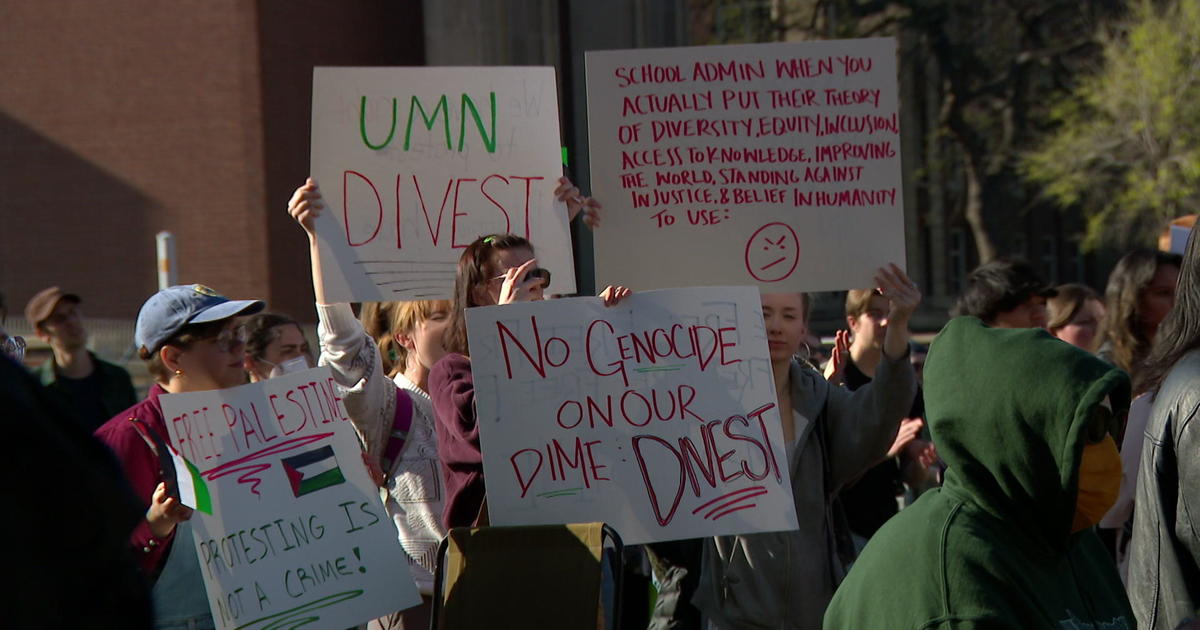New Sculpture At Minneapolis Sculpture Garden Is A 'Tribute' To The Dakota Language
MINNEAPOLIS (WCCO) -- Native artist Angela Two Stars hopes her new sculpture on display at the Minneapolis Sculpture Garden will be space for reflection on how Dakota history and language is woven into the fabric of Minnesota today.
"It represents my own language journey and inviting the audience to come in and take a journey through the language with me," she said. "The Dakota language is so much a part of our identity. It's so much connected with who we are as a people, and our history, our culture, our ceremony, our songs."
There are concrete benches that create rings, like the ripple effect of a drop of water. A fountain sits in the middle, which is a nod to Minnesota's name that is derived from the Dakota phrase Mni Sóta Maḳoce meaning "the land where the water reflects the clouds."
Two Stars, a member of the Sisseton Wahpeton Oyate, said that's a symbol for how stories flow through shared language across generations of speakers. Visitors can scan a QR code to hear each word, many of them adorned on the sculpture. She called the work a "tribute" to the language.
She was inspired by the legacy of her grandfather, Orson Bernard, and other elders who worked to keep the language alive. The sculpture is called Okciyapi, which means "help each other" —advice that she said her grandfather shared about language preservation.
It's the first public artwork by a Native artist in the garden. The Walker Art Center commissioned the work.
"To be able to have a place here in the Minneapolis Sculpture Garden to be visible and seen as Native people is really significant and the language is, for me, part of the healing that helps with the cultural, historical issues that have plagued Native Americans."
The piece stands on the site of the controversial "Scaffold" gallows sculpture that sparked outrage and has since been removed. It recalled a painful moment in Minnesota's past of when 38 Dakota men were hung from gallows in Mankato in 1862, the largest mass execution in U.S. history.
Two Stars said at first she didn't think about the past piece when creating her vision, but soon it played a key role in her decision to create it.
"I felt it was important to reclaim the land and reclaim the narrative and have something positive," she said. "I thought it was important that the piece be where it is as part of that healing."
There will be a formal public opening Saturday at 11 a.m.




